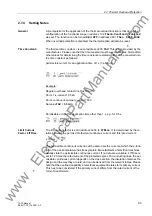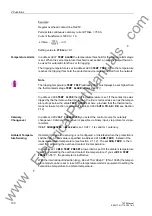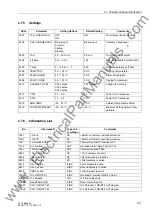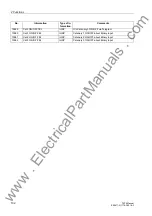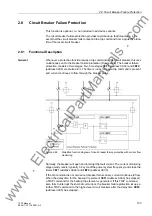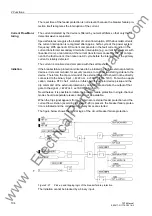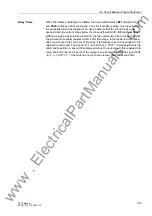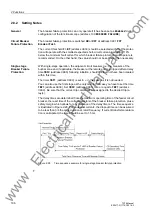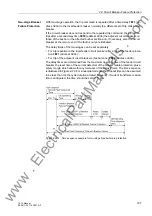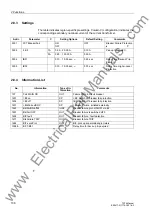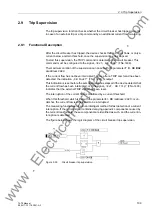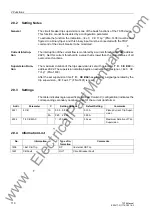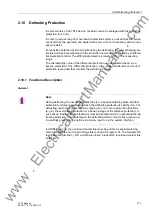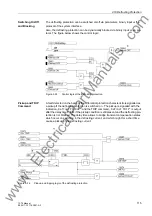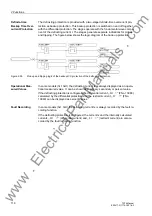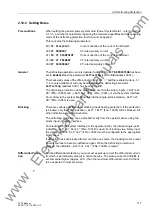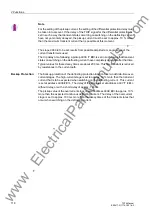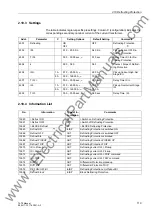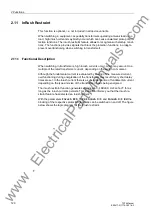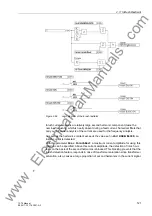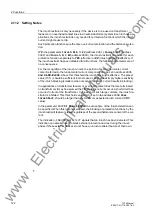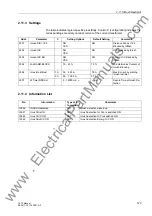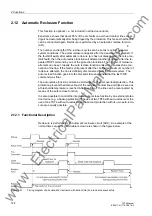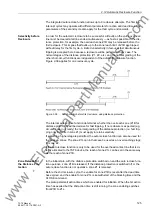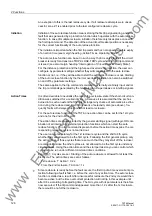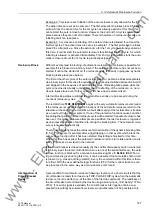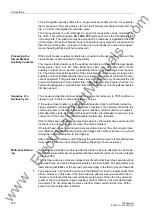
2.10 Defrosting Protection
113
7ST6 Manual
E50417-G1176-C251-A3
Protection Princi-
ple
The defrosting protection operates on the differential protection principle. This princi-
ple says that the phases and amplitudes of both measured currents are the same in
fault-free condition. The condition i(t) + ix(t) = 0 is always fulfilled in fault-free condition
of the line.
Since different CTs may be used for detection of the currents i(t) and ix(t), such differ-
ences must be taken into account for the calculations. The measured current ix(t) is
adapted to the conditions of i(t) as follows:
where:
and
Due to measuring errors, the condition i(t) + ix(t) = 0 is not wholly fulfilled in fault-free
condition. Therefore, a value greater than zero must be used as tripping threshold.
With a high load current, the differential current is higher than with a low load current.
Therefore, a load-dependent tripping threshold is required. The restraint current is
then calculated as follows:
The restraint current is a measure of the current load. The pickup threshold is inter-
preted as a function of the restraint current.
From the measured currents, the differential current is determined with the following
formula:
Characteristic
The pickup criterion is the location of the current operating point in the Id/Is level. A
pickup situation exists if the fault is located above the characteristic shown in Figure
2-32.
www
. ElectricalPartManuals
. com

